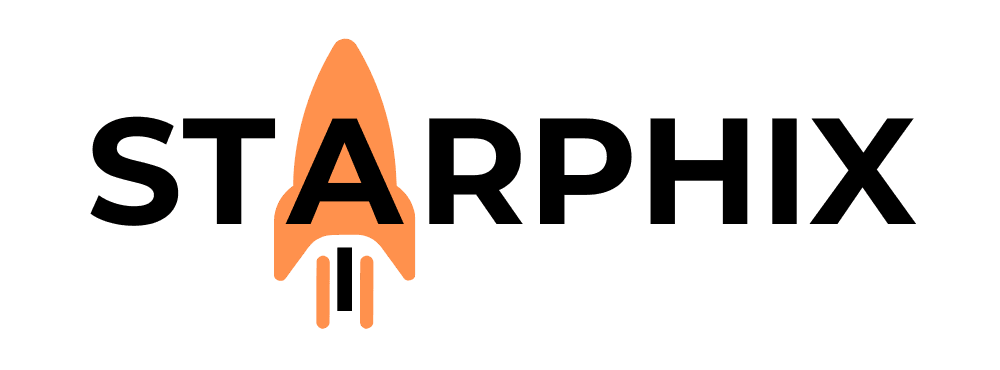Introduction: The Architects of Modern AI 🤔 #
While the world of AI is vast and filled with brilliant researchers and innovative startups, the current generative AI boom has been largely defined and accelerated by a few key companies. These major players have provided the foundational research, immense computing power, and flagship models that the rest of the ecosystem builds upon. Understanding who they are, their core philosophies, and their signature creations is essential to navigating the modern AI landscape.
(Image Placeholder: A dynamic graphic showing the logos of major AI players as central hubs with lines connecting them to smaller logos of various apps and industries, illustrating their foundational role.)
OpenAI: The Trailblazer 🔥 #
- History & Founders: OpenAI was founded in December 2015 in San Francisco as a non-profit research lab. Its ambitious mission was to ensure that artificial general intelligence (AGI) “benefits all of humanity.” The founding group included a number of prominent tech figures, most notably Sam Altman, Elon Musk, Greg Brockman, and Ilya Sutskever. It later transitioned to a “capped-profit” model to secure the massive funding needed for large-scale research.
- Catapulting Advancement: OpenAI’s key strategy was a relentless focus on scaling. They hypothesized that making neural networks bigger and training them on more data would lead to breakthrough capabilities. Their true catapult moment was making this power accessible to millions through a simple, intuitive chat interface.
- Signature Creations:
- The GPT Series: This is the family of Large Language Models that underpins all of OpenAI’s language-based products. The release of GPT-3 was a landmark moment, demonstrating an unprecedented ability to generate human-like text.
- ChatGPT: Released in late 2022, this user-friendly application is arguably the single product that launched the generative AI craze into the public consciousness.
- DALL-E & Sora: OpenAI extended its generative capabilities beyond text with DALL-E, a series of models that creates images from text, and more recently Sora, a text-to-video model.
- What Makes Them Powerful?: OpenAI’s power comes from the sheer quality and capability of its flagship models, a robust and easy-to-use API that has fostered a huge developer ecosystem, and the immense brand recognition that comes from being the first to truly capture the public’s imagination.
Google: The Foundational Researcher 🧠 #
- History & Founders: Google’s AI efforts have deep roots, primarily stemming from two major groups: Google Brain, an internal research team started in 2011, and DeepMind, a UK-based lab founded in 2010 by Demis Hassabis, Shane Legg, and Mustafa Suleyman, which Google acquired in 2014. In 2023, these two powerhouses were merged to form a single, focused unit called Google DeepMind.
- Catapulting Advancement: Google’s most significant contribution is arguably the most important paper in modern AI: “Attention Is All You Need” (2017). Researchers at Google invented the Transformer architecture, the technology that solved the “short memory” problem in AI and made today’s powerful LLMs possible. Their advancement wasn’t just a product; it was the foundational blueprint for the entire industry, including their competitors.
- Signature Creations:
- The Transformer: While not a commercial product, this architecture is Google’s most impactful creation, enabling the parallel processing of language that is essential for large-scale models.
- The Gemini Family: This is Google’s current flagship line of AI models. What makes Gemini powerful is that it was designed from the ground up to be multimodal, meaning it can natively understand and process not just text, but also images, audio, and video code. It also features a very large context window, allowing it to process and analyze massive amounts of information at once.
- What Makes Them Powerful?: Google’s strength lies in its decades of foundational research, its unparalleled access to data, its custom-built AI hardware (TPUs), and its ability to deeply integrate its powerful Gemini models into a massive existing ecosystem of products, including Search, Workspace, and Google Cloud.
Anthropic: The Safety-Conscious Contender ⚖️ #
- History & Founders: Anthropic was founded in 2021 by a group of former senior members of OpenAI, led by siblings Dario Amodei (former VP of Research at OpenAI) and Daniela Amodei (former VP of Safety & Policy at OpenAI). They left OpenAI with the specific mission to create a company that puts AI safety at the absolute frontier of its research and product development.
- Catapulting Advancement: Anthropic’s unique contribution is an approach they call Constitutional AI. Instead of relying solely on human feedback to prevent harmful responses, they train their models with a “constitution”—a set of principles and values. The AI is trained to align its own responses with these principles, aiming to be “helpful, honest, and harmless.”
- Signature Creations:
- The Claude Family: This is Anthropic’s family of LLMs. Claude models are known for their strong performance and a more conversational and controllable personality. What makes them powerful is their massive context window. The models can handle up to 200,000 tokens, which is equivalent to analyzing a 500-page book in a single prompt. This makes them exceptionally well-suited for enterprise use cases.
- What Makes Them Powerful?: Anthropic’s competitive advantage is its explicit focus on AI safety, which appeals to businesses concerned with brand risk and reliability. Their models’ massive context windows and strong reasoning capabilities make them a powerful choice for complex, professional tasks.
Microsoft: The Great Integrator 🤝 #
- History & Strategy: While a technology giant for decades, Microsoft’s modern AI strategy was catapulted forward by its multi-billion dollar partnership with OpenAI, which began in 2019 and was significantly expanded since. Rather than focusing solely on creating its own rival models from scratch, Microsoft has pursued a strategy of deep integration, weaving AI into the fabric of its entire software empire.
- Catapulting Advancement: Microsoft’s masterstroke was its “Copilot” branding and strategy. They were the first major company to aggressively push AI assistance across their entire product stack, leveraging their existing dominance in operating systems and office productivity software to get AI tools into the hands of millions of professionals almost overnight.
- Signature Creations:
- Microsoft Copilot: This is not a single model but the universal brand for AI-powered assistance across Windows, Microsoft 365 (Word, Excel, etc.), and their Edge browser. It uses OpenAI’s powerful GPT models on the backend.
- Azure AI Platform: This is Microsoft’s cloud offering, which has become a crucial gateway for businesses to access AI. It provides access not only to OpenAI’s models but also models from other major players like Meta and Mistral, positioning Azure as a comprehensive AI supermarket.
- What Makes Them Powerful?: Microsoft’s power comes from its unparalleled distribution network. With a presence on nearly every office computer in the world, they can deploy AI tools at a scale that is difficult for competitors to match. Their strategic partnership with OpenAI gives them access to best-in-class technology while they focus on their core strength: enterprise software and cloud infrastructure.
Perplexity: The Answer Engine 🔎 #
- History & Founders: Perplexity AI was founded in 2022 by a team of AI researchers from major labs, including Aravind Srinivas, Denis Yarats, and Johnny Ho. Their goal was to fix a core problem with traditional search: instead of providing a list of links you have to sift through, they wanted to provide direct, accurate answers.
- Catapulting Advancement: Perplexity pioneered the “conversational answer engine.” It combines the capabilities of an LLM with a real-time search of the web. Its key innovation is a relentless focus on accuracy and trust by providing in-line citations and links to its sources with every answer. This transparency directly addresses the “hallucination” problem that plagues many other LLMs.
- Signature Creations:
- The Perplexity “Answer Engine”: Their core product is a search interface that allows users to ask questions in natural language. The platform then scours the web, synthesizes the information from multiple sources, and delivers a concise, comprehensive answer with footnotes that link back to the original websites, articles, or papers.
- What Makes Them Powerful?: Perplexity’s strength is its focus on being a reliable and transparent information tool rather than just a creative chatbot. Its user experience is a direct and powerful challenge to traditional search engines, appealing to users who need verifiable, accurate information for research and learning.
xAI (Grok): The Real-Time Provocateur 🌶️ #
- History & Founders: xAI was founded in 2023 by Elon Musk. The company’s stated goal is ambitious and abstract: to “understand the true nature of the universe.” In practice, its first product, Grok, is designed to be a direct competitor to other LLMs but with a distinct personality.
- Catapulting Advancement: Grok’s primary technical advantage is its real-time knowledge of the world through direct, built-in integration with the X (formerly Twitter) platform. While other models have knowledge cut-off dates, Grok can answer questions about events as they are happening.
- Signature Creations:
- Grok: The company’s debut large language model. It is defined by two key features. First is its real-time access to X’s data stream. Second is its personality; it is designed to answer questions with “a bit of wit and a rebellious streak” and is willing to tackle “spicy” questions that other AIs might reject.
- What Makes Them Powerful?: Grok’s power comes from its unique dataset and personality. Access to the live firehose of global information on X gives it an edge in relevancy that other models struggle to match. Its edgy, less-filtered persona is designed to appeal to a user base that feels other AIs have become too sanitized and restrictive.
Deepseek: The Open-Source Challenger 🇨🇳 #
- History & Founders: Deepseek is a Chinese AI research company that has gained significant recognition for its focus on creating high-performance, open-source models.
- Catapulting Advancement & The Broken Narrative: Deepseek made waves in the AI community in early 2024 by releasing a powerful open-source coding model, Deepseek Coder, and a general-purpose LLM. These models demonstrated performance that was competitive with, and in some cases even superior to, top-tier proprietary models like GPT-4, especially in coding tasks. This broke the prevailing industry narrative that only giant, closed-source labs with billions in funding could achieve state-of-the-art results. Deepseek proved that highly capable, specialized models could be developed and shared openly, challenging the dominance of the closed-source ecosystem.
- Signature Creations:
- Deepseek LLM & Coder: This is a family of powerful open-source models. The models are particularly renowned for their exceptional capabilities in coding and mathematics, often outperforming many well-known proprietary models on industry benchmarks.
- What Makes Them Powerful?: Deepseek’s power lies in its combination of elite performance with an open-source philosophy. By providing free and open access to models that can compete with the best in the world, they have earned immense respect and rapid adoption from developers, researchers, and companies who prefer to build on open, transparent technology.
Related Reading 📚 #
- What’s Next?: Understanding the Costs: The Token Economy 💰
- Compare the Products: A Comparison of Premium AI Subscriptions 📊
Understand the Technology:The Platform Layer: How APIs and No-Code Tools Connect Everything 🔗


